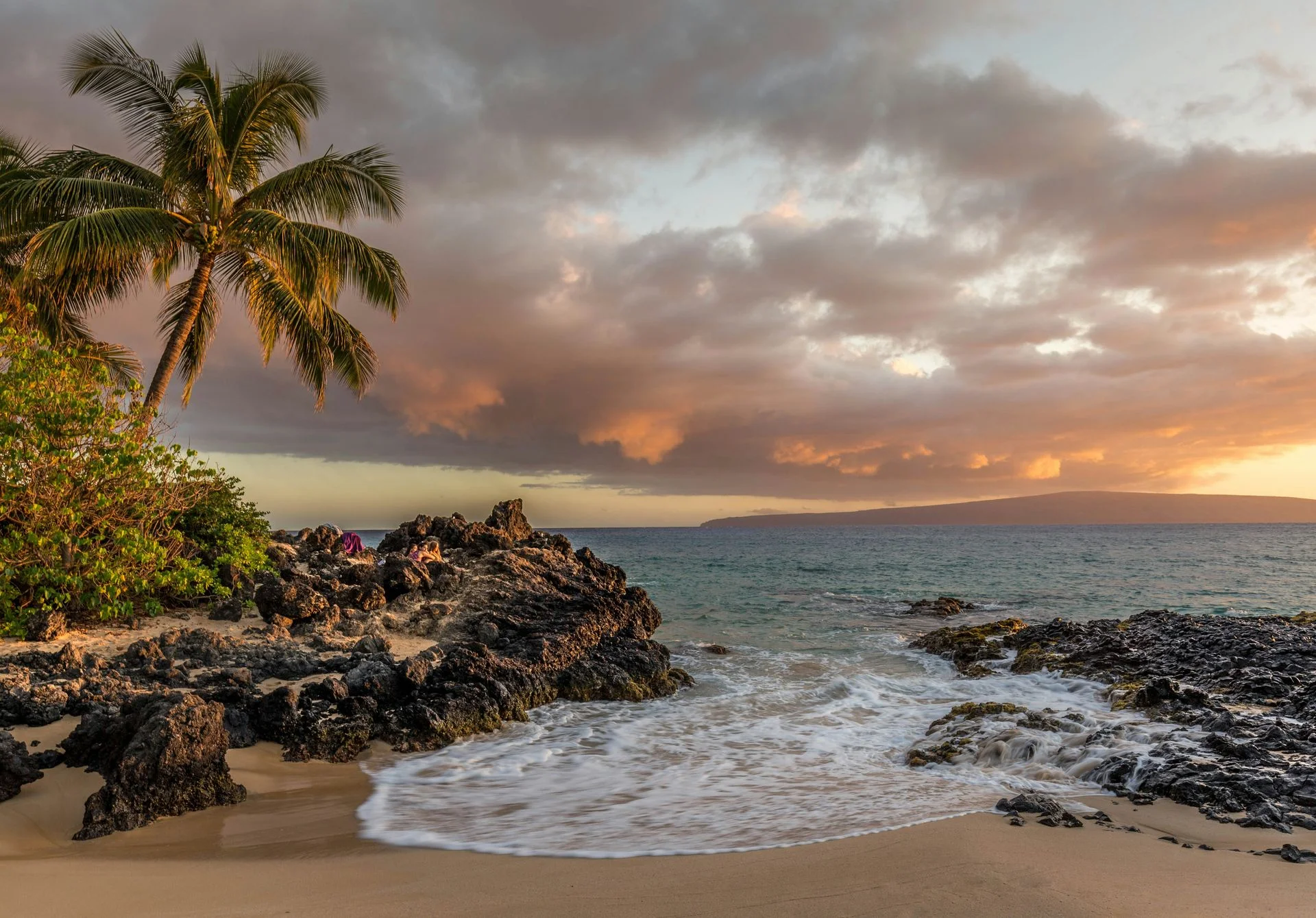Scuba Diving in Hawaii
The Ultimate Guide
The Hawaiian Islands sit in the central Pacific and offer some of the United States’ most diverse diving. Each island has its own character: Oʻahu features WWII wrecks like the YO‑257 and Sea Tiger; Maui boasts the crescent‑shaped Molokini Crater and drift dives along Lānaʻi’s cathedral‑like caverns; the Big Island’s Kona coast is famed for lava tubes, black water pelagic dives and the world‑renowned manta‑ray night dive; Kauaʻi and Niʻihau offer lava arches, monk seals and dramatic drop‑offs. Water is warm year‑round and visibility regularly exceeds 25 m, making Hawaii ideal for both beginners and experienced divers. You’ll see green sea turtles, reef sharks, manta rays, dolphins and humpback whales in season, along with endemic fish found nowhere else on earth.
Difficulty
Easy
Temperature
24–27°C
Visibility
20–40 m

Diving Highlights
Best Months to Dive
Getting to Hawaii for Diving
✈️Transportation
Hawaii is served by several international airports, with Honolulu (HNL) on Oʻahu being the primary gateway. Other islands have airports in Kahului (OGG) on Maui, Kona (KOA) and Hilo (ITO) on the Big Island, and Līhuʻe (LIH) on Kauaʻi.
Direct flights arrive from North America, Asia and Oceania.
Inter‑island flights are frequent and inexpensive, so you can hop between islands in under an hour.
To access most dive sites you’ll join a local dive operator;
shore dives are available on Maui, Oʻahu and the Big Island.
Country
United States
Currency
US Dollar
Electricity
120V, 60Hz,US plug
Cost of a Dive Trip in Hawaii
Day Trip
Meal
Accommodation
Best Dive Sites in Hawaii
🐠Molokini Crater (Maui)
A partially submerged volcanic cone just off Maui’s south shore, Molokini offers crystal‑clear water and dramatic walls dropping to 50 m. The inside of the crater is sheltered and suitable for beginners, while the back wall features pelagic encounters, whitetip reef sharks and schooling jacks.
🐢Manta Ray Night Dive (Kona)
Off the Kona coast divers kneel on a sandy bottom around 10 m while powerful lights attract plankton. Giant manta rays up to 5 m across swoop and somersault inches above your head. One of the world’s most famous night dives.
🦈Lanai Cathedrals (First and Second Cathedral)
These twin lava‑tube caverns off Lānaʻi create cathedral‑like chambers illuminated by shafts of sunlight. Swim through arches and see schools of soldierfish, trevally and occasionally a rare Hawaiian monk seal cruising past.
🐙Sea Tiger & YO‑257 Wrecks (Oʻahu)
Two purpose‑sunk wrecks off Honolulu lie between 30 and 40 m. Sea Tiger hosts giant turtles, whitetip reef sharks and swirling schools of sardines, while the adjacent YO‑257 is often visited by eagle rays and spinner dolphins.
🐚Niʻihau & Lehua (Kauaʻi)
A seasonal trip across the channel from Kauaʻi takes you to Niʻihau and Lehua Rock, where steep walls, swim‑throughs and the chance to see endemic reef fish, sharks and monk seals await. The crossings can be rough, so trips run mainly in summer.
What Divers Say About Diving in Hawaii
Marcus Rodriguez
DivemasterHawaii feels like several dive destinations rolled into one. 🌈 In a single trip you can free‑fall past volcanic cathedrals at Molokini, squeeze through lava tubes on the Kona coast, watch manta rays loop over your head on a night dive and explore wartime wrecks off Oʻahu. The water is bathtub‑warm and usually gin‑clear, and the marine life ranges from green sea turtles and reef sharks to spinner dolphins and, in winter, humpback whales breaching on the horizon. Between dives you can soak up island culture with poke bowls and shave ice. It’s the perfect blend of adventure and aloha.
Frequently Asked Questions About Diving in Hawaii
When is the best time to dive in Hawaii?
You can dive year‑round, but September and October often offer the best balance of calm seas, warm water and good visibility. Spring (March–May) also brings calmer conditions and fewer crowds.
What marine life can I see?
Hawaii hosts green sea turtles, manta rays, whitetip reef sharks, Hawaiian monk seals, spinner dolphins and endemic reef fish. Winter brings humpback whales and occasional whale sharks.
Are there liveaboards in Hawaii?
No. Diving is done via day boats and charters. Inter‑island flights make it easy to sample sites across multiple islands.
Do I need to be certified to dive?
Certification is required for independent or guided dives. Many operators offer introductory “Discover Scuba” experiences for non‑certified divers.
How much does diving cost?
Two‑tank boat dives typically cost US$130–180, while manta night dives and black‑water charters range from US$150–225.